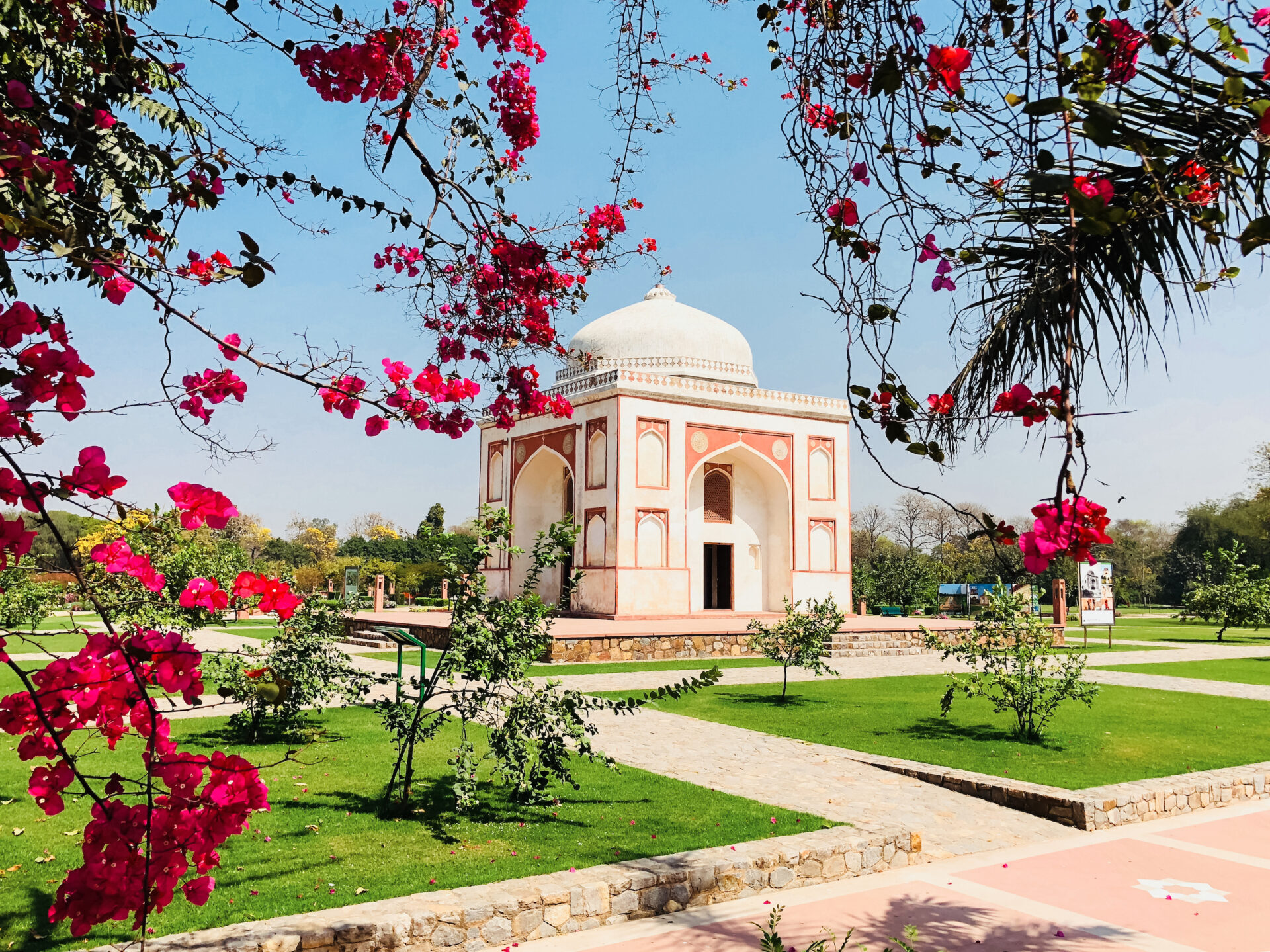A gaggle of younger Indian classical dancers practise their steps behind a tented stage. Not removed from them, two kids play conceal and search amid the beds of Salvia, laden with crimson springtime blooms. Past it, an beautiful domed pavilion, the Sunder Burj, rests amid a traditional Mughal charbagh backyard, with 4 quadrants representing paradise and its 4 rivers.
That is Sunder Nursery, a dreamy 64ha heritage park in Delhi’s historic Nizamuddin space, residence to centuries-old tombs, together with the namesake Hazrat Nizamuddin, the revered 14th-century Sufi saint. Sunder Nursery was initially created by the Mughals, and below the British turned a gardening lab. After independence, it fell into a long time of neglect till Twenty first-century restoration efforts returned it to the general public eye.

At present, Nizamuddin has the densest ensemble of mediaeval Islamic buildings in India, together with the well-known Humayun’s Tomb which stands adjoining to the nursery. In 2020, UNESCO awarded Sunder Nursery its inaugural Particular Recognition for Sustainable Improvement.
Certainly, below the yearslong collaboration between the Agha Khan Belief for Tradition (AKTC), Central Public Works Division and the Archaeological Survey of India, Sunder Nursery has develop into a beloved public area and has been listed among the many 100 best locations on the planet.
This was a jungle the place jackals roamed and the undergrowth had taken over the ruins, so if our cricket ball strayed too far, we’d be too scared to retrieve it
Restoring native delight
Within the balmy February solar, 38-year-old Mohamad Rashid guides guests across the jewel of Sunder Nursery: Sunder Burj. “We don’t know if this can be a tomb or a backyard pavilion,” he says, “however its detailed gildings and the attractive star-shaped inside ceiling inform us that it was essential.”
In repairing centuries of water injury to Sunder Burj, conservation architects additionally undid the injury from earlier restoration efforts that had plastered over inscriptions and carvings. This revealed the jewel-like Islamic calligraphy and ornamental plasterwork on the partitions and dome. AKTC additionally restored the Mughal backyard that surrounds the tomb, utilizing previous manuscripts and ruined fragments for reference.
Folks throng the Sunder Burj at present, however Rashid says that as kids, they by no means ventured close to. “This was a jungle the place jackals roamed and the undergrowth had taken over the ruins,” he says, “so if our cricket ball strayed too far, we’d be too scared to retrieve it.”
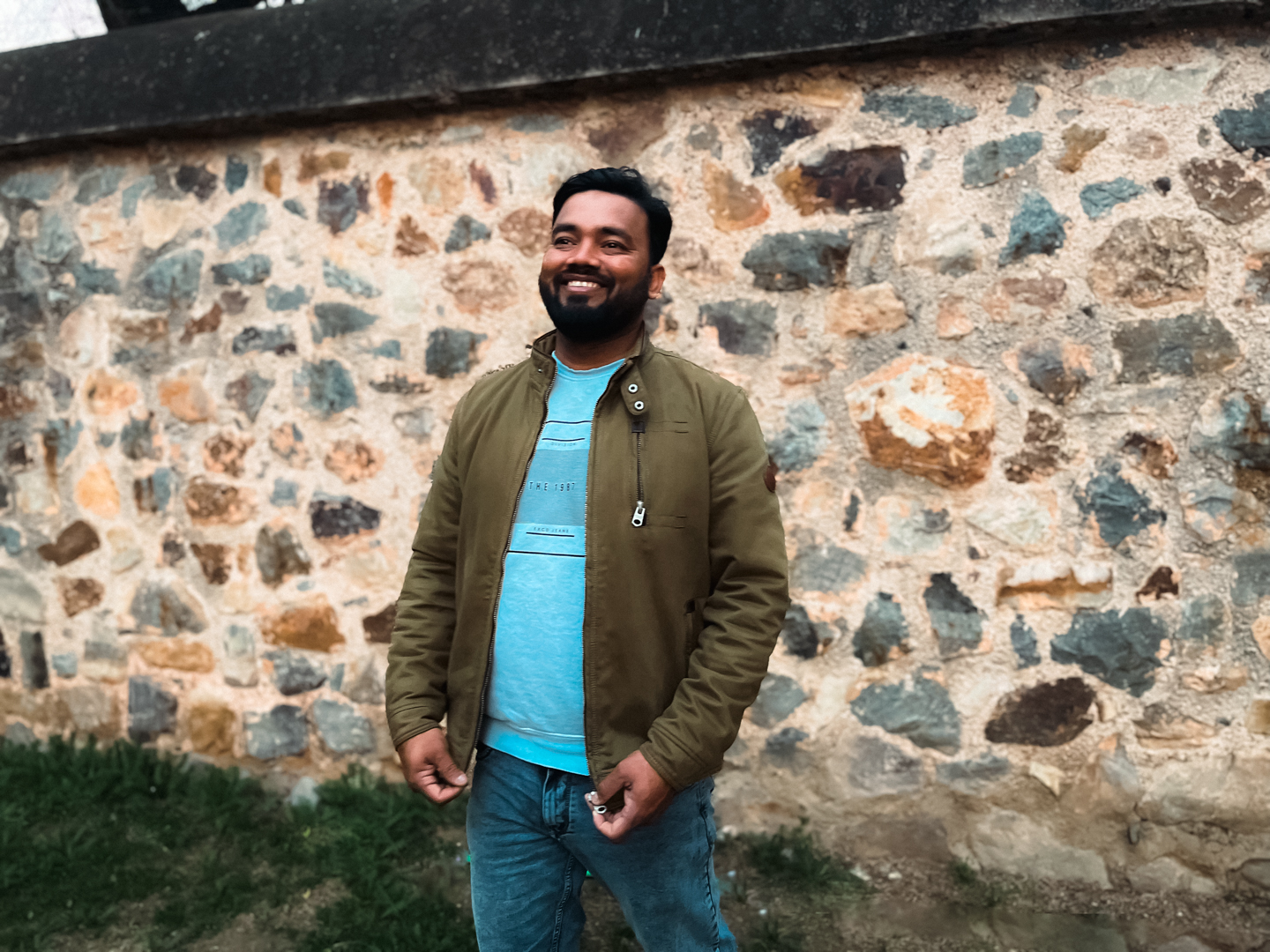
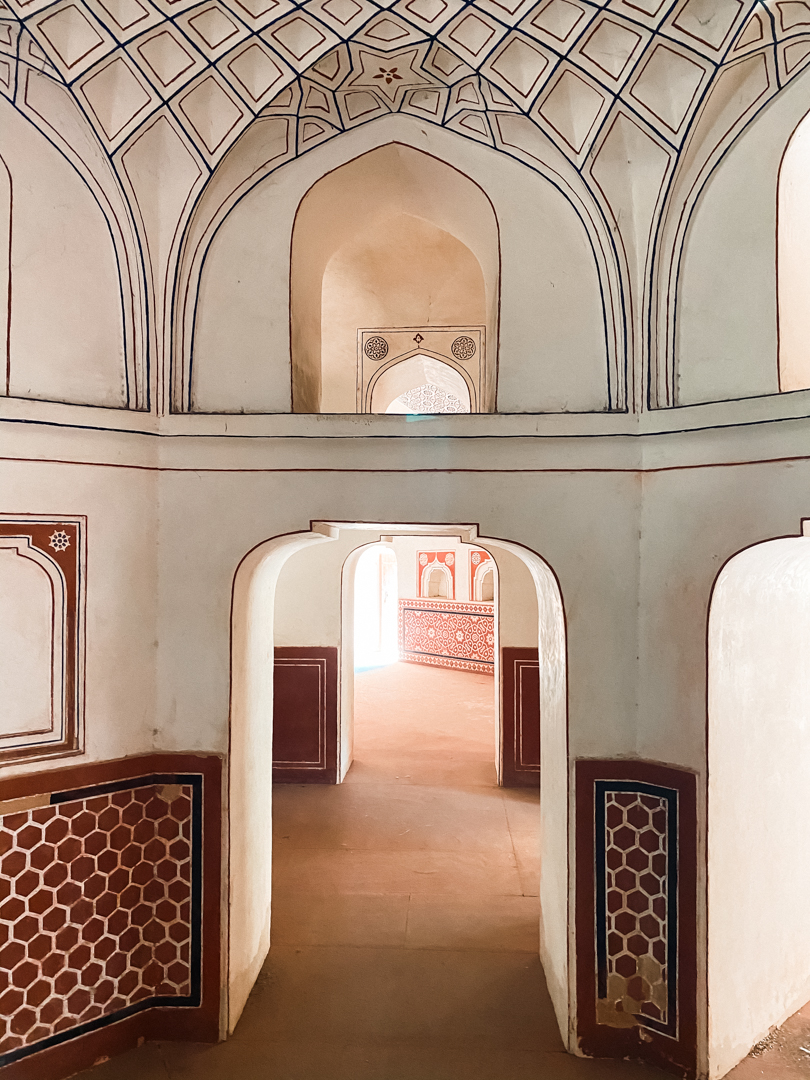
Rashid is a part of Sair-e-Nizamuddin, an 11-guide collective fashioned quickly after restoration work commenced in 2007, in a bid to additionally restore native delight. AKTC enlisted younger residents equivalent to Rashid to map all of the wells, graves and shrines within the space, and compile their oral histories.
Past Sunder Burj, lies one other beautiful monument, the Lakkarwala Burj. “To us, kids raised on tales of djinns and ghosts, this monument, utterly lined by creepers, shrubs and timber, additionally regarded completely haunted,” says Rashid.
It’s a unique story post-restoration: a blooming rose backyard surrounds the elegant construction, set on a 2.5m-high platform, with arched openings on 4 sides and intricately ornamented interiors with Quranic verses carved in plaster. Previous the lotus fountains in direction of Azim Sarai, the place itinerant retailers rested for the evening as they made their method down the historic Grand Trunk Street, plenty of spring flowers forged heady scents at younger lovers, previous walkers and kids having fun with the luxurious gardens.
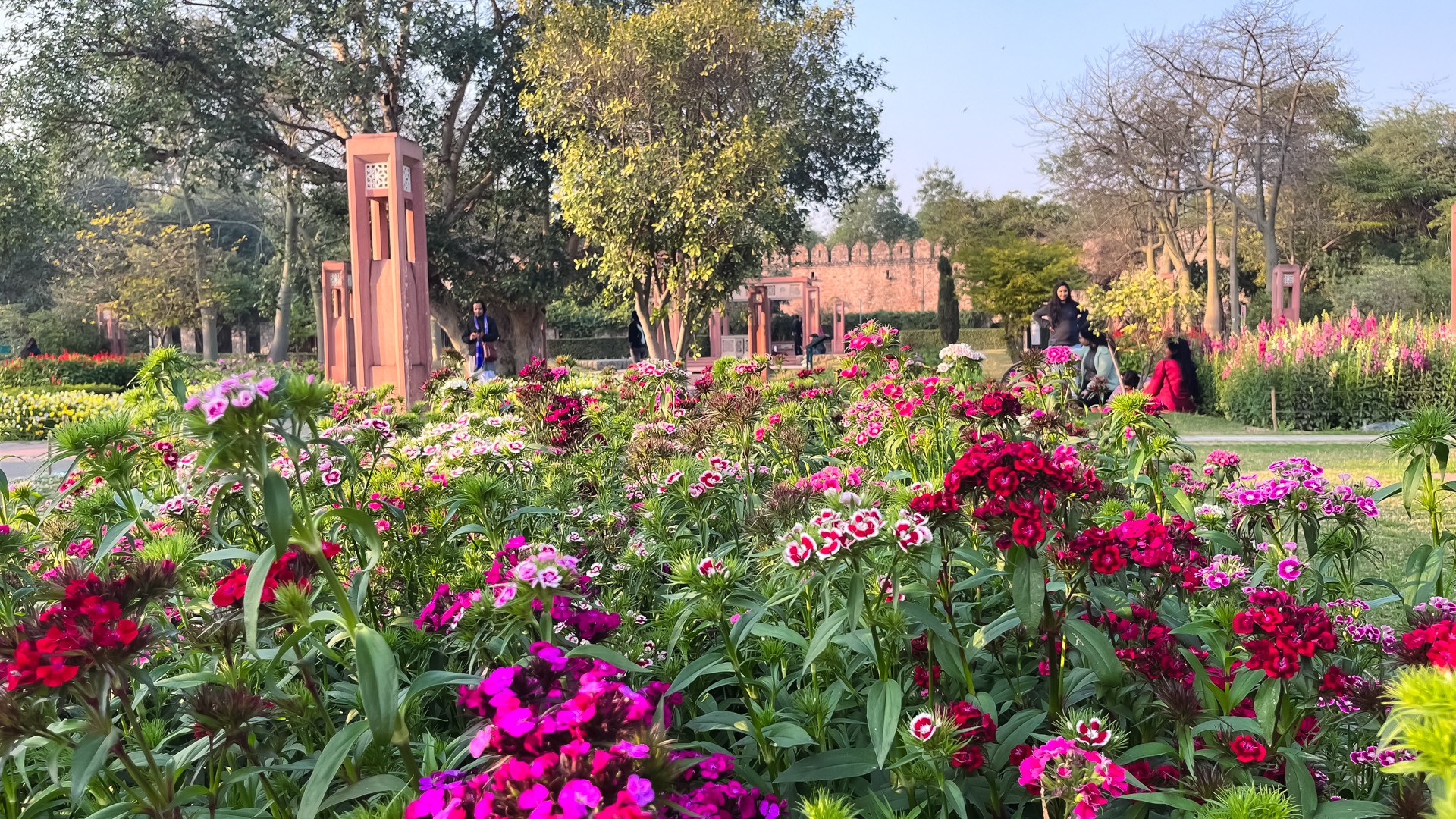
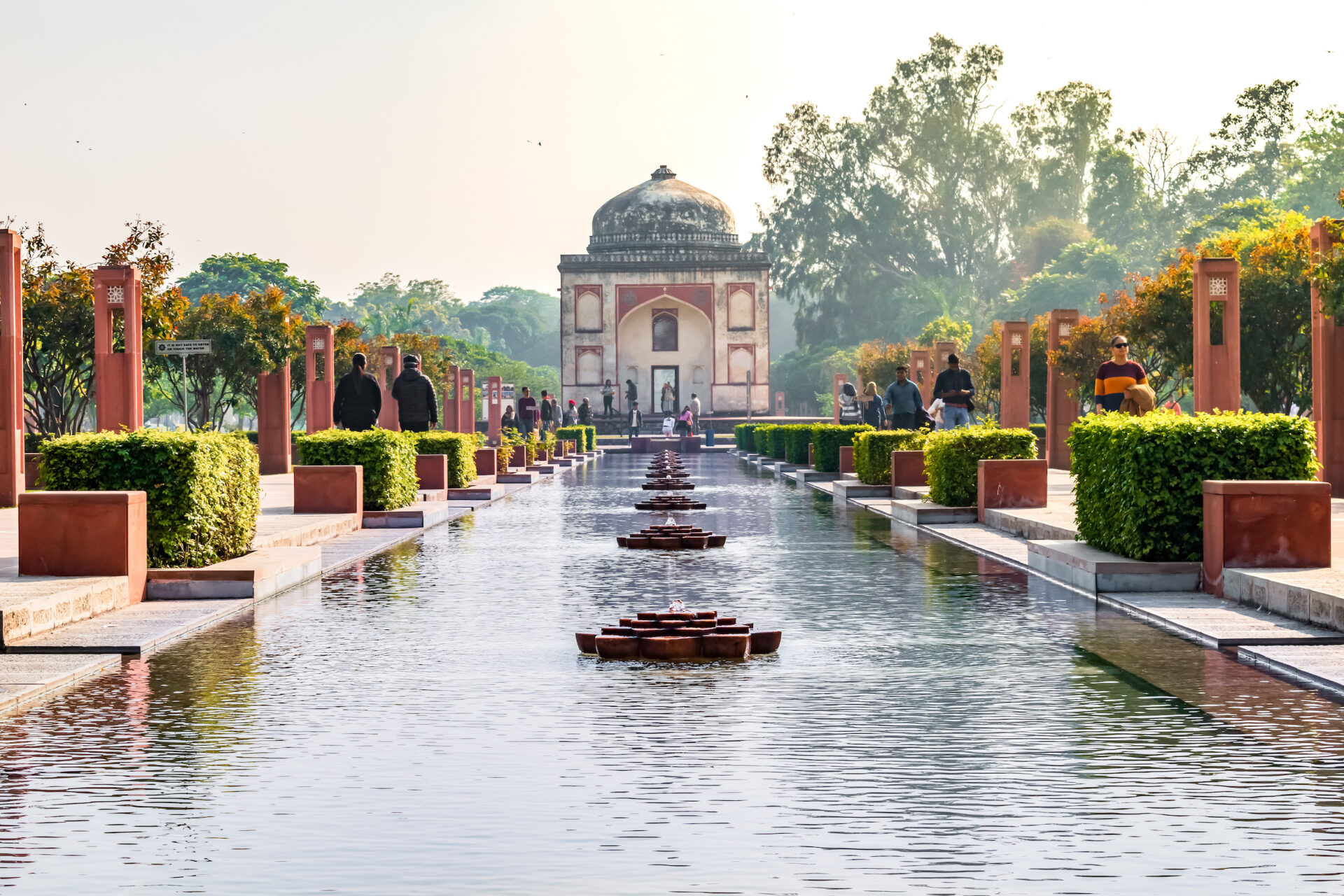
Heirloom recipes by Nizamuddin residents
Past Lakkarwala Burj, a lake with pretty waterfront pergolas and bridges, is widespread with picnickers. On its banks, urbanites vie for a desk on the busy FabCafe, an offshoot of conventional craft retailer chain FabIndia. Discerning guests as a substitute throng on the humble meals truck of Zaika-e-Nizamuddin, which means “the style of Nizamuddin”, run by native girls.
We’d grown up pondering we lived in a slum, however now have seen our residence by means of guests’ eyes, we’ll attempt to make it final endlessly”
In 2007, solely 9 p.c of the ladies within the space had unbiased incomes. The AKTC helped a gaggle of over 80 set up Insha-e-Noor (which means “artistic of sunshine”), a showcase of conventional embroidery, tailoring and crochet, offered as souvenirs at kiosks in Sunder Nursery in addition to Humayun’s Tomb. It additionally supported the institution of Zaika-e-Nizamuddin, which at present affords melt-in-the-mouth kebabs, korma and biryani made utilizing heirloom household recipes and served at thoughtfully laid-out tables below timber.
Fatima Khatun has been dispensing delectable kebabs with this 11-member group since 2012. Her colleagues and she or he say that their newfound confidence has sprung from the truth that guests get pleasure from their conventional recipes a lot. “We underwent coaching on standardising recipes and sustaining strict kitchen hygiene,” she smiles, including the earnings has enabled her to contribute in direction of shopping for a home and automotive together with her husband. “Ten years in the past, I didn’t suppose this is able to ever be doable.”
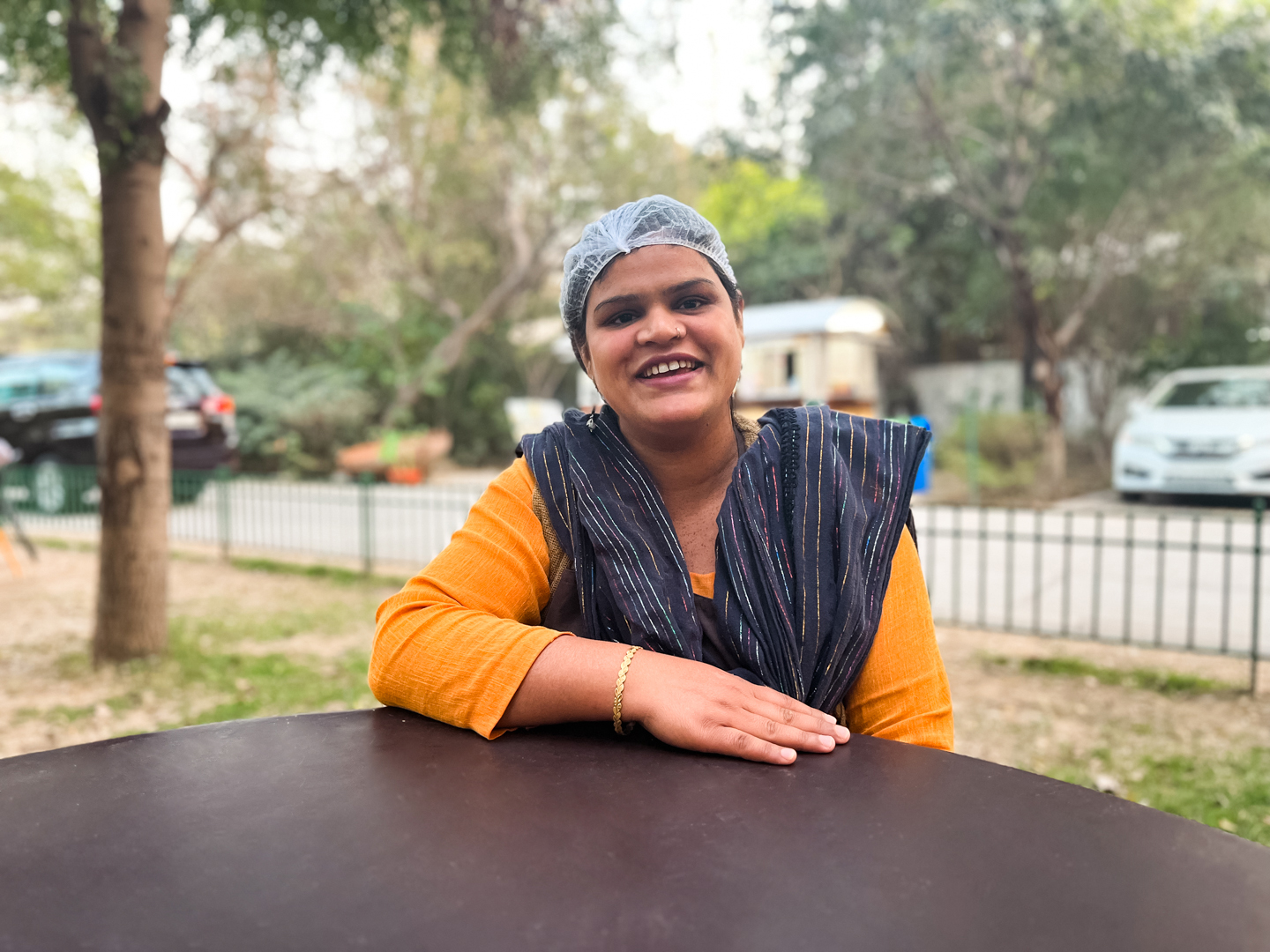
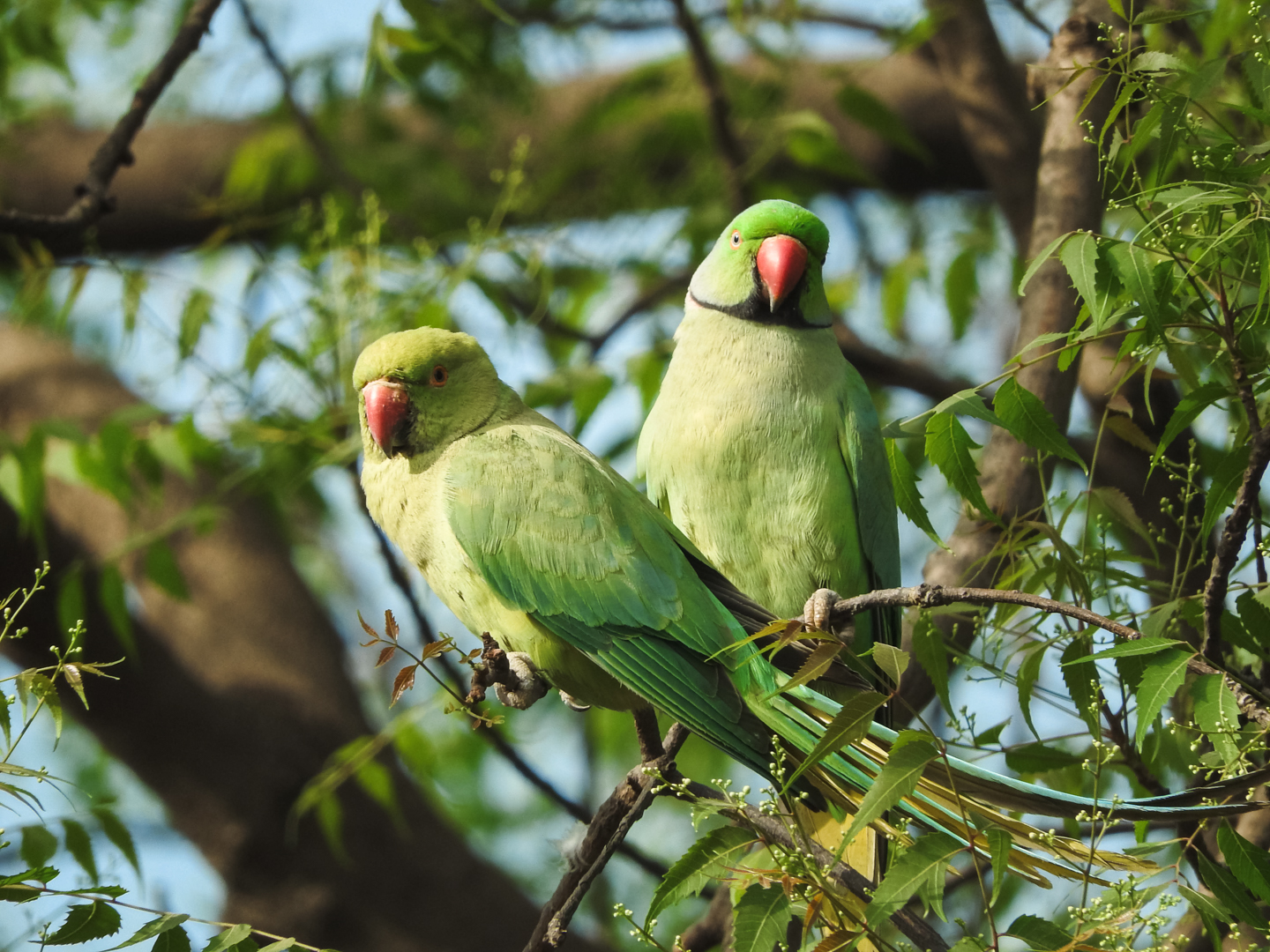
The tomb of Humayun – and his nameless barber
Aamir Ahmed, one other information from Sair-e-Nizamuddin, exhibits guests round Humayun’s Tomb, a precursor to the Taj Mahal and probably the most iconic Mughal monuments in Delhi. A skilled dastango, practitioner of the Thirteenth-century Urdu oral storytelling artform, Ahmed welcomes guests to the “dormitory of the Mughals”, declaring that over 150 Mughal members of the family lie buried on this tomb. The tomb-garden complicated now impresses guests with beautiful stone inlay work, arabesque motifs, glazed blue tiles and the tall golden spire on its dome that appears prefer it needs to the touch the solar.
Within the southeast nook stands Barber’s Tomb. Ahmed says there aren’t any inscriptions to confirm precisely who’s buried right here. However the reality that it’s the solely different tomb within the complicated and is so near the primary tomb, means that maybe (and never completely totally different from fashionable occasions!) good hair stylists have been so onerous to seek out that the Mughals wished to be near their favorite barber for eternity.
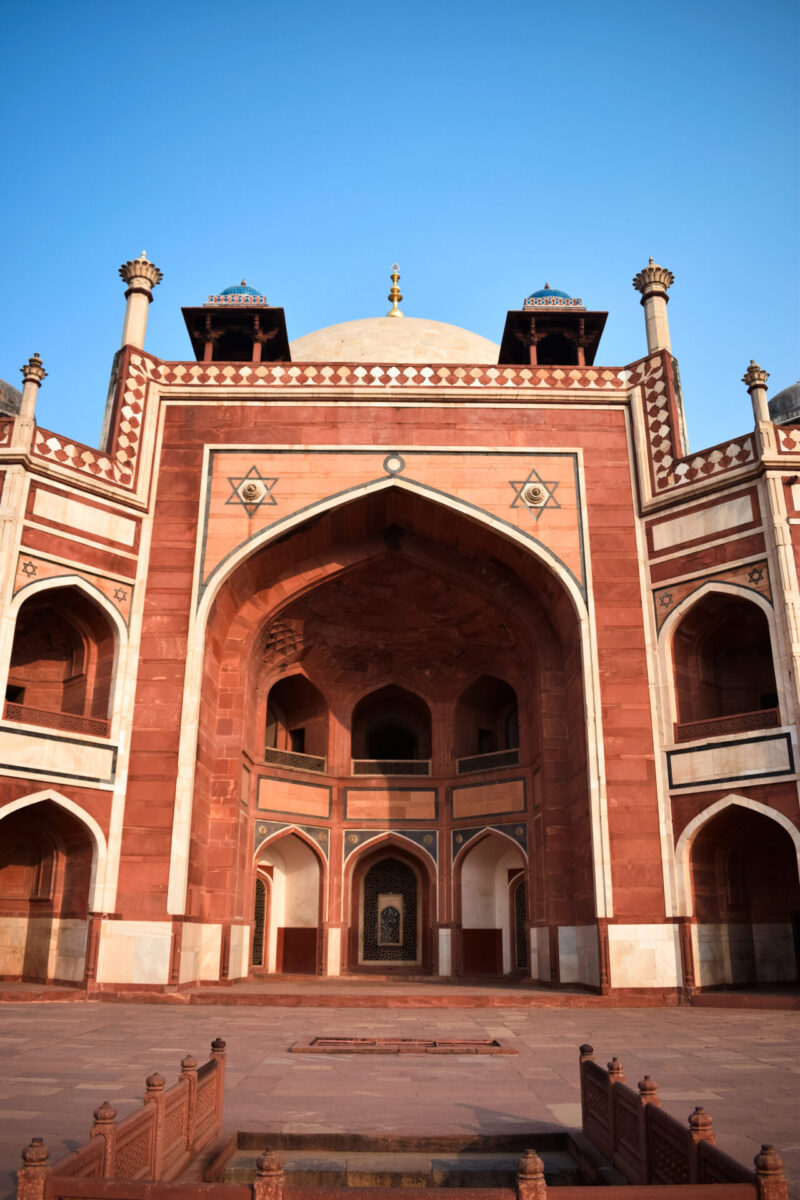
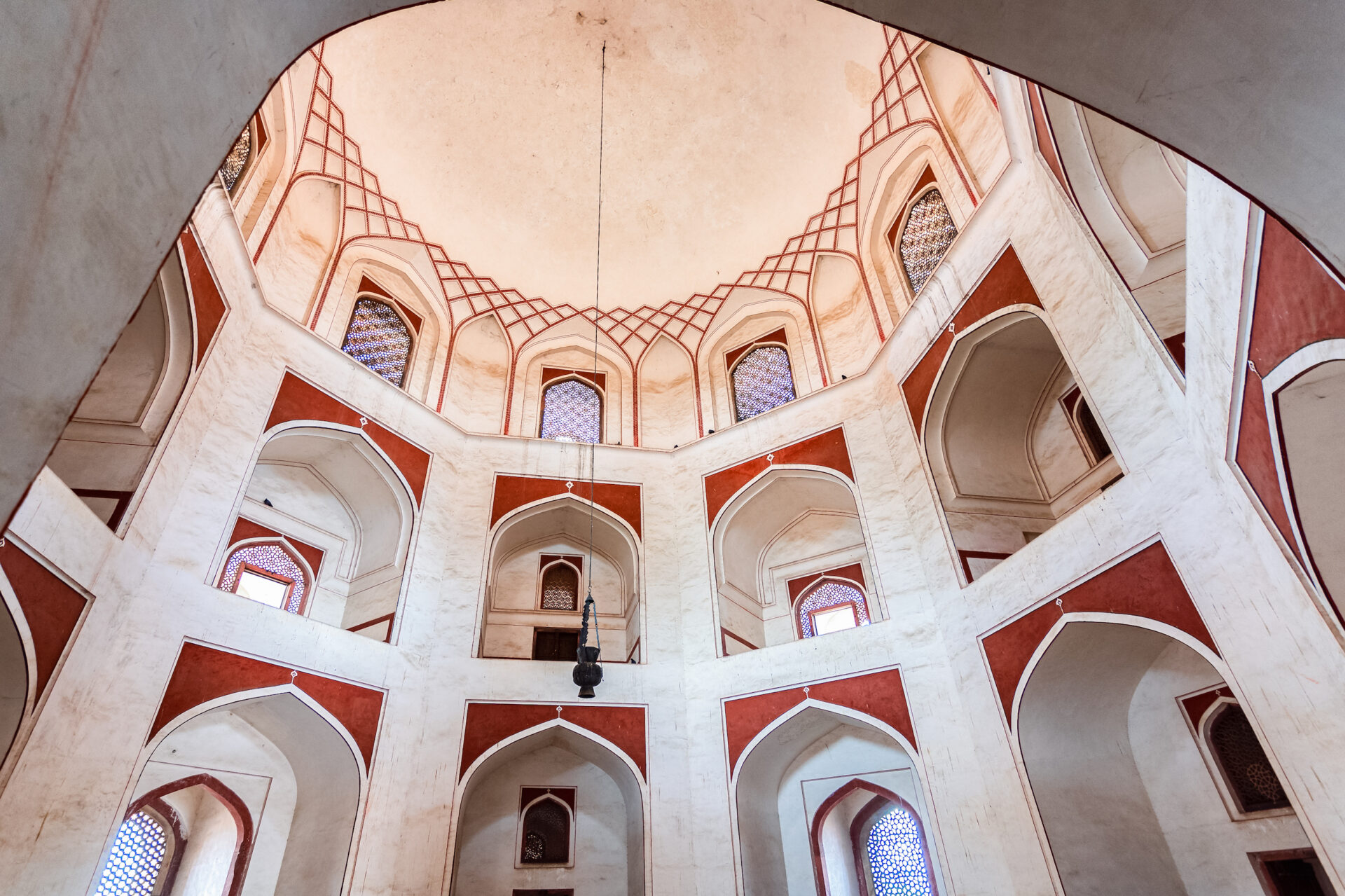
Ahmed says that the revival of Nizamuddin has proven him how far more there may be to the house he as soon as took with no consideration. “We used to play cricket on the graves of legendary poets Mirza Ghalib and Amir Khusrau,” he says.
Speaking to him, and to Rashid and Fatima, guests will see how the revival of Nizamuddin has restored native delight of their cultural heritage. “We’d grown up pondering we lived in a slum, a mass of humanity simply in some way residing out its days on earth, blissfully unaware of our residing historical past,” Rashid says. “Now that we all know – and have seen our residence by means of guests’ eyes, we’ll attempt to make it final endlessly.”
To be taught extra about Singapore Airways’ flight service to New Delhi, go to the official web site.

